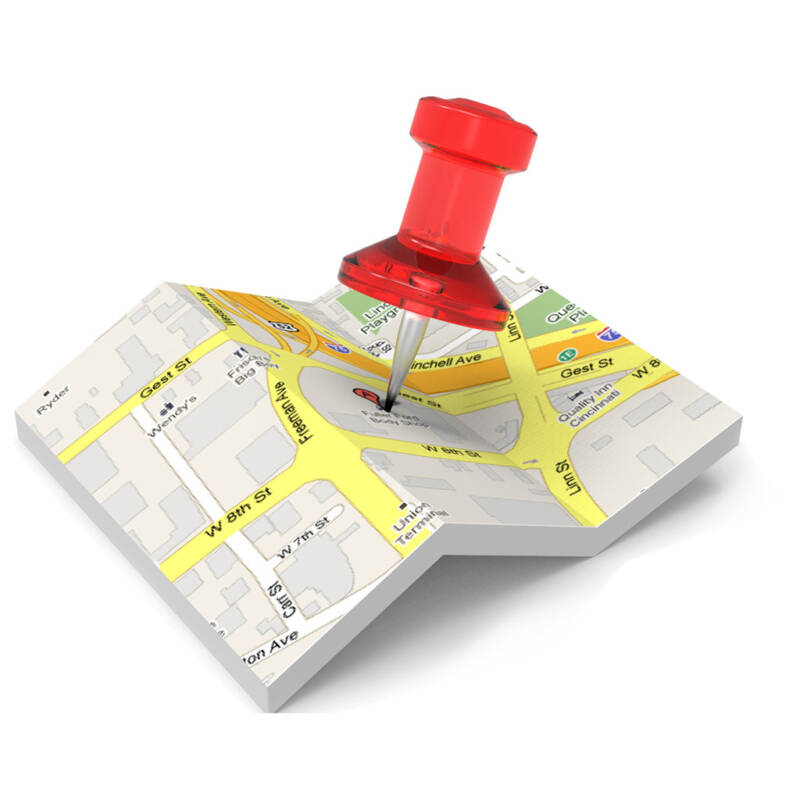
2023 © Off-Grid.net
9b Audrey St. London E2 8QH
email news@off-grid.net
call US office: toll-free 1-877-706-7423
OR
UK: +44 207 729 2749
How to register – Coming Soon
How to Manage your off-grid account
How to use the off-grid map – Coming Soon
Coming Soon
